What is a Group Of Turkeys Called? From 'Gangs' to 'Rafts

When we think of turkeys, particularly in the context of festive seasons like Thanksgiving, the image that often comes to mind is a plump, roasted bird on the dining table. However, turkeys are fascinating creatures with intriguing social structures and behaviors.
One of the lesser-known facts about these birds is the variety of collective nouns used to describe them. What do you call a group of turkeys? Depending on the context, you might use terms like 'gang', 'rafter', or even 'posse'. This article explores these terms, delving into the natural behaviors of turkeys that have inspired such colorful vocabulary.
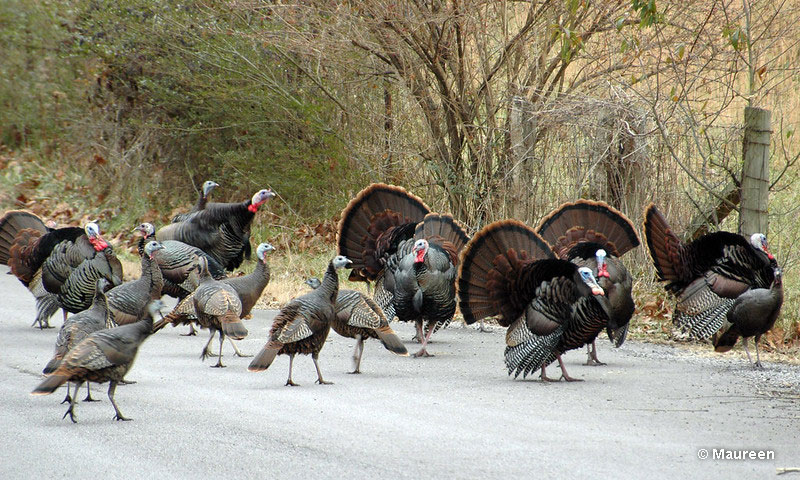
The Wild Turkey's Social Structure
Wild turkeys (Meleagris gallopavo) are highly social birds native to North America. They are often found in groups, which vary in size depending on the season and environment. During the non-breeding season, turkeys form large, single-sex flocks. These flocks, also referred to as 'gangs', can consist of dozens of birds, and they stay together for protection against predators and to forage more effectively.
In the breeding season, males and females separate. Males form smaller bachelor groups, while females form their own flocks with their young. This separation helps reduce competition for food and mates, ensuring the survival of the species. The term 'gang' is particularly apt during this time as the groups of males often engage in what appears to be aggressive and competitive behavior, such as strutting and gobbling to assert dominance and attract females.
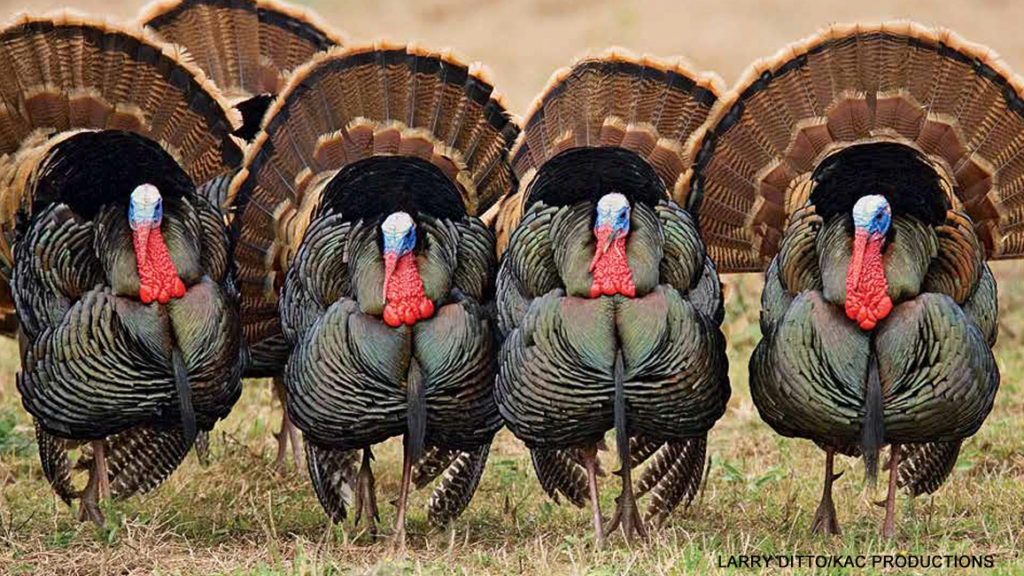
The Term 'Rafter'
Another term used to describe a group of turkeys is a 'rafter'. This term is less commonly used but equally interesting. The origin of 'rafter' in this context is somewhat unclear, but it may relate to the birds' behavior of roosting together in trees, sometimes resembling the structure of rafters in a roof.
Turkeys are known to roost in trees at night to avoid ground predators. This habit of roosting together, sometimes in large numbers, could give the appearance of a rafter, hence the term. The communal roosting behavior is a survival strategy that allows them to spot predators from a higher vantage point and stay safe during the night.
A Posse of Turkeys?
The term 'posse' is more colloquial and less formal than 'gang' or 'rafter'. It conjures images of a group moving together with a common purpose, similar to how a group of wild turkeys might roam through the forest in search of food. Posse implies a level of organization and unity, which can be observed in the way turkeys communicate and move together.
Turkeys use a variety of vocalizations and visual cues to maintain group cohesion. For example, they emit soft clucks and purrs to stay in contact with each other while foraging. When alarmed, they produce sharp 'kee-kee' calls, which serve as warnings to other members of the group. This level of communication supports the idea of a posse working together to ensure mutual safety and success.
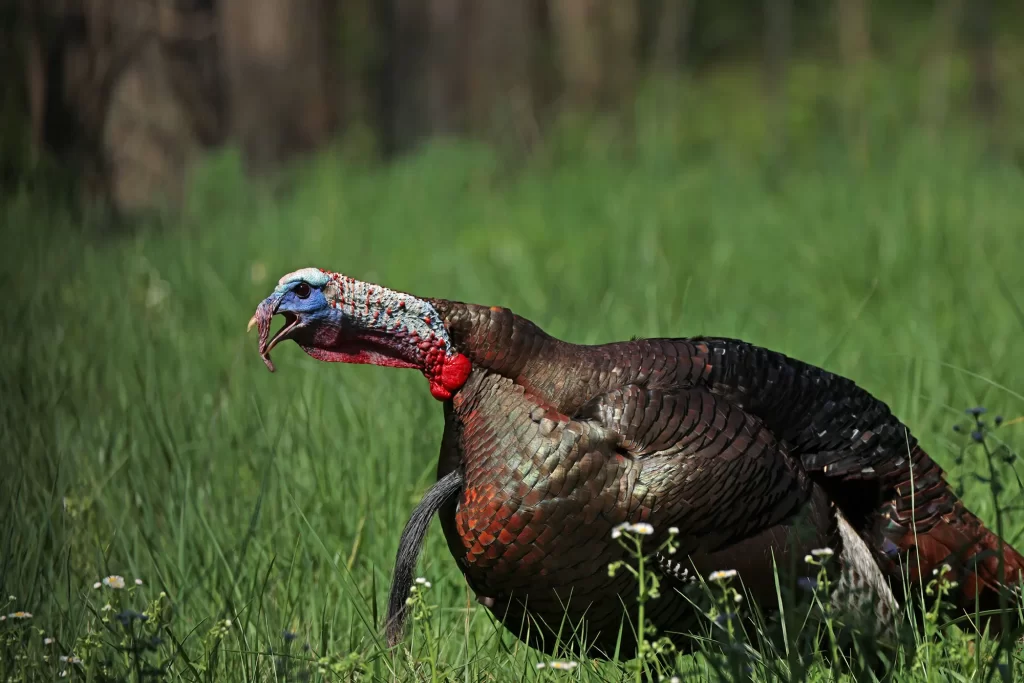
Other Collective Nouns for Turkeys
Aside from 'gang', 'rafter', and 'posse', there are other collective nouns for turkeys, although they are less commonly used. Some of these include:
- Flock: A general term used for a group of birds, including turkeys.
- Dole: This term is rarely used and has a more archaic feel to it.
- Muster: Implies a group that has gathered or assembled, which fits the behavior of turkeys, especially during foraging or roosting.
Each of these terms highlights different aspects of turkey behavior and social organization, adding richness to our understanding of these birds.
The Behavior Behind the Names
Understanding the behaviors that inspired these collective nouns helps to appreciate the complexity of turkey social life. For instance, the term 'gang' emphasizes the sometimes aggressive and competitive interactions among male turkeys, especially during the breeding season. Males engage in elaborate displays, puffing out their feathers, fanning their tails, and making loud gobbling sounds to assert dominance.
On the other hand, 'rafter' underscores the communal aspect of turkey life, particularly their roosting behavior. By roosting together in trees, turkeys can reduce the risk of predation, showing a side of their nature that prioritizes safety and social bonds.
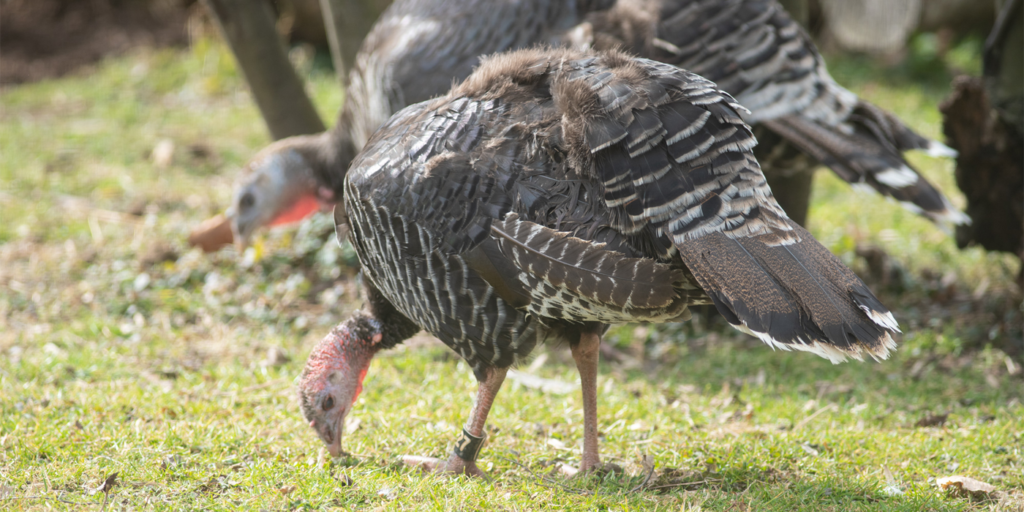
Turkeys in Human Culture
The colorful terms used to describe groups of turkeys also reflect the bird's importance in human culture, especially in North America. Turkeys have been a significant part of human diets and traditions for centuries. The wild turkey was even considered by Benjamin Franklin as a more fitting national bird for the United States than the bald eagle, due to its native status and impressive demeanor.
In modern times, turkeys are mostly associated with Thanksgiving, a holiday where they are often the centerpiece of the meal. The domestication of turkeys for consumption has led to a separation between the perception of wild and domesticated turkeys. While the wild turkey is seen as a symbol of wilderness and survival, the domesticated turkey represents abundance and celebration.
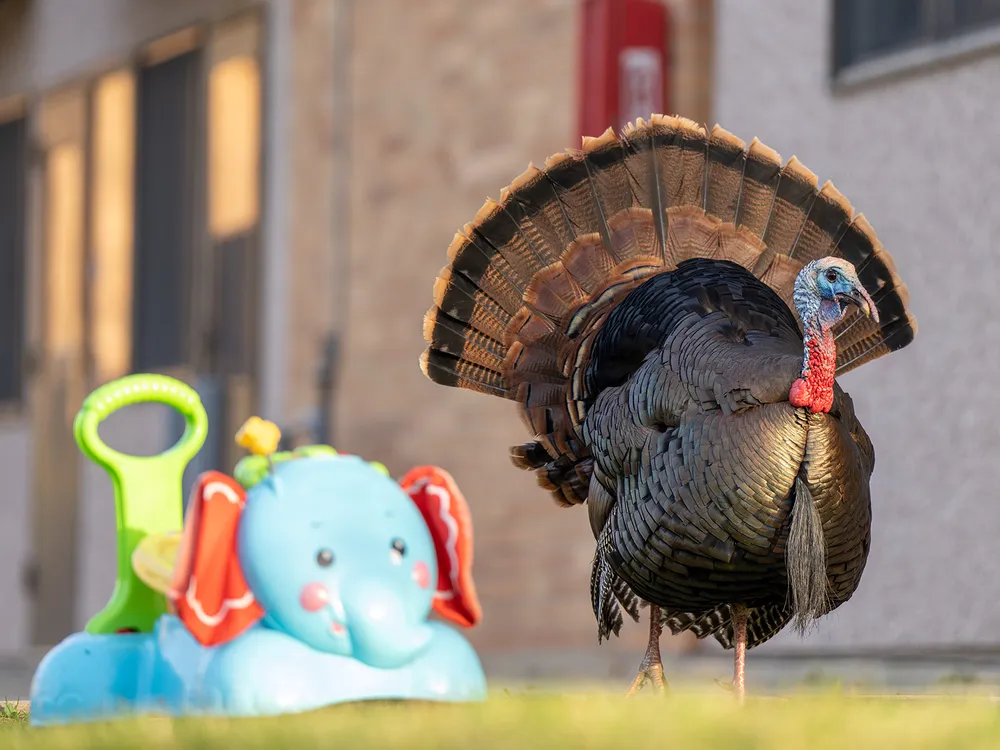
In summary, the collective nouns for turkeys—such as 'gang', 'rafter', and 'posse'—provide a glimpse into the fascinating social structures and behaviors of these birds. Understanding these terms not only enriches our vocabulary but also enhances our appreciation for turkeys and their role in the ecosystem. Whether we see them strutting in a field or roosting in trees, turkeys exhibit a range of behaviors that justify the diverse and colorful language used to describe them. Next time you spot a group of turkeys, you'll know just what to call them!